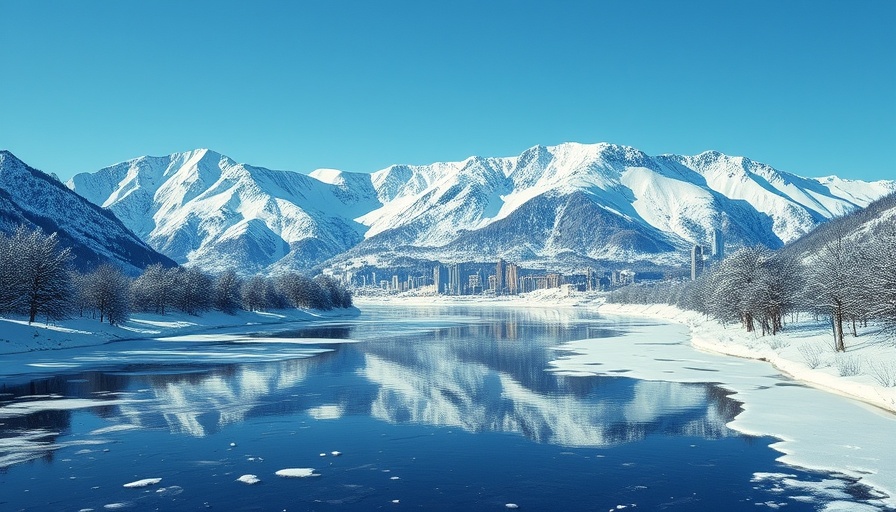
Why States Matter for Cold Weather
Cold weather is not just a meteorological phenomenon; it represents culture, lifestyle, and the choices we make about where to live. For real estate professionals, understanding the coldest states can influence buying and selling strategies. With more people seeking to escape the heat and find comfort in the cooler climates, the demand for property in these regions increases.
The Unseen Opportunities in Cold States
The intersection between cold climates and real estate investments presents unique opportunities. States like Alaska and North Dakota, known for their harsh winters, may paradoxically attract those looking for winter sports or serene, snowy vistas. As a real estate agent, knowing the appeal of these states can help shape marketing strategies, targeting vacation home buyers or investors in search of rental properties.
Understanding Climate Change's Impact
The real estate market is not immune to the effects of climate change. As temperatures rise, traditionally colder states like Alaska are experiencing unseasonably warm winters. This shift may create new investment landscapes as warmer winters can lead to changes in migration patterns and commercial opportunities. While colder climates traditionally offer certain lifestyle appeals, today's buyers might prioritize sustainability amidst a warming world.
Exploring the Coldest States
1. **Alaska** – With an average annual temperature of 28.1°F and a record low of -80°F, Alaska’s cold isn’t just a number; it defines its identity. The dramatic landscape is captivating, but the real estate potential—particularly in luxury real estate and vacation rentals—is immense as buyers seek to own a slice of this stunning terrain.
2. **North Dakota** – Known for its vast plains and striking winters, North Dakota showcases many homes for sale at affordable prices. Those interested in investing in an area with untouched natural beauty might want to consider this destination.
3. **Minnesota** – Often overlooked, Minnesota’s average temperature is on par with North Dakota, yet it offers vibrant urban centers and a strong community feel. With the popularity of vacation rentals booming in lakeside towns, this state stands out as a prime investment opportunity.
4. **Maine** – With its picturesque coastlines and opportunities for winter sports, Maine attracts homeowners looking for scenic beauty combined with a cozy atmosphere. In addition to traditional real estate, the demand for vacation rentals continues to rise.
5. **Wyoming** – Featuring stunning national parks, Wyoming is becoming a hotspot for those looking to invest in vacation homes and properties for rent. Its average winter temperature makes it an attractive choice for those wishing to embrace frigid scenery.
The Key to Understanding Local Listings
As temperatures shift, understanding how cold weather impacts local real estate listings is vital. Real estate platforms like Zillow, Redfin, and Trulia provide critical tools to gauge market trends across these chilly states. By keeping an eye on mls listings and local real estate news, agents can better advise clients navigating cold-state markets.
Future Trends in Cold Weather Real Estate
Looking ahead, it's crucial for real estate professionals to stay educated about climate trends and their implications on property values. As regions adapt to warmer winters, there will be shifts in housing demand that could create new investment strategies.
The ability to innovate and adapt to these evolving conditions is vital if you're pursuing a successful career in real estate.
Conclusion: Take the Next Step in Your Real Estate Journey
As the weather changes, so too does the landscape of real estate. For agents in cold states, this insight can prompt strategic planning and offer prospects for clients seeking homes for sale in these unique climates. If you're looking to navigate this complex environment, consider engaging with local market experts or educational seminars that can enhance your real estate acumen.
 Add Row
Add Row  Add
Add 




Write A Comment